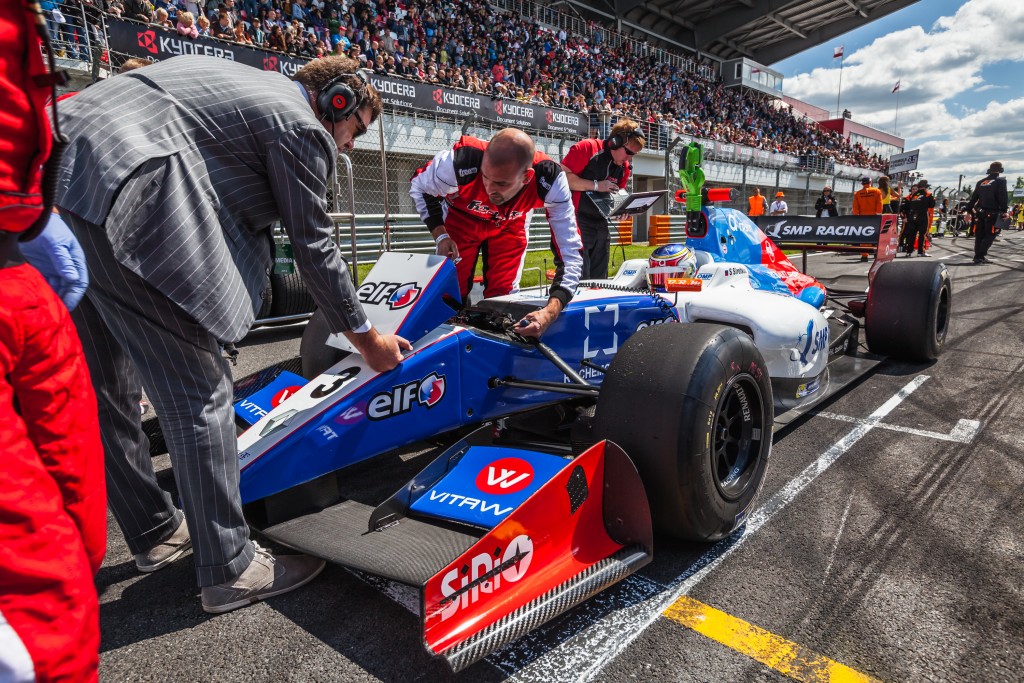Motorsports is watched in 194 countries. Before the COVID-19 pandemic put a halt to sporting events, the global motorsports market was forecast to exceed $6.5 billion by 2022. Key revenue streams include sponsorship and advertising, broadcasting rights, ticketing, merchandizing, and race host fees.
Motorsport Magic
Motorsport vehicles include cars, bikes, go-karts, trucks, and boats, with famous car racing series including Formula One, Indycar, and NASCAR, generating millions. The Daytona 500 NASCAR generated 9.17 million TV viewers in 2019, with the next highest figures of over 5 million each for the Atlanta Motor Speedway and Las Vegas Motor Speedway.
A major factor in the success of the industry is the participation fees paid by participating companies. Motorsports began in Europe, with many of the big-brand competitors from European countries from the start, including Mercedes, Ferrari, McLaren, Alpha Romeo, and Renault in Formula One Racing. The Daytona 500 is dominated by U.S. car brands, including Chevrolet and Ford, although Toyota has won the last two races.
Dream Racer
But the thrill and glitz of motor racing aren’t confined to the high-octane events of professional drivers. Many amateur motor enthusiasts want to have fun behind the wheel on a racing track, and several options are available, including stock car racing, rallying, off-roading, drag, and tour car racing.
If you need to brush up on your skills before putting the pedal to the floor, then plenty of driving schools offer advanced lessons that provide the basics on how to be fast and safe. To find a place to start, autocross racing doesn’t require any special conversion of your vehicle; just find a local autocross group and turn-up with your regular car to their organized events. If you do live near a racing circuit, check if it has track days when you can bring your car along for a few laps.
 Racing Ready
Racing Ready
Even though you can use a normal commercial car for racing, you need some preparation for it to be safe and ready to go. For the car to handle well during driving, the wheels need close attention.
Old tires harden after about three years, and any repairs with plugs could fail under pressure. To improve grip and prevent a blow-out, the newer the tires, the better. As well as checking that the treads are OK, make sure the tire pressure and wheel alignment are correct. If you don’t have the equipment at hand, your local garage will be able to provide a car wheel balancer and air pump. After some experience, you should be able to fine-tune adjustments to suit your driving style.
The car will also require a thorough service to check that the vehicle can manage the intense driving conditions. The cooling system, brakes, gearbox, and differential all need checking. Oil consumption will be higher, but maintaining levels nearer the lower mark of the dipstick prevent oil from entering the inlet manifold when revs are high. Any leaks in the system need blocking to prevent oil spills on the track.
During car inspection, check the bolts and clips are firmly secured to withstand the constant vibration from racing. This includes engine, exhaust, subframe and gearbox mounts, brake caliper bolts, steering, and suspension fixings.
Once the car is track-worthy, and you have a taste for the race, you can start basic car modifications by reducing weight, improving reliability, installing race standard brake pads, changing the suspension, and increasing the air intake. But before transforming the family car into a racing warrior, make sure it can still do the domestic duties.




